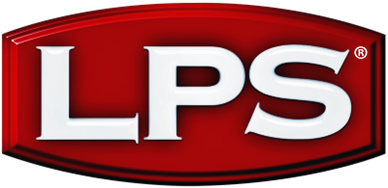Pump Installation Precautions
- All items are new or remanufactured/rebuilt with a full twelve (12) month warranty unless stated otherwise. We want to point out some common problems so you can avoid issues that many of our customers have seen in the past.
- Mounting flanges can be broken if too large an o-ring is used, we offer o-ring kits for your convenience.
- People sometimes increase the relief valve setting to try and get more pressure out of a weak pump, the pump is weak and will not put out more pressure, so no one notices till a new pump is installed, the hydraulics are placed under load, the pressure goes to high and the new pump splits its sides. Because of this it is very important to check the relief pressure after installing a new pump, especially if the machine was bought with weak hydraulics. If you have owned the machine for a while this probably won't be a problem for you.
- Even a very small amount of dirt will damage the products we are selling. It is important to clean the area before removing the old part and then plugging the hoses as soon as they are removed. You can use a shop cloth twisted into the shape of a large crayon for this. A can of starting fluid works great for touch up cleaning while re-assembling. Any dirt that gets into the component has to go somewhere, and the clearances are so close that it often damages the component. New oil and filters are highly encouraged and important.
- Pump ports can be cracked by overtightening fittings. It rarely ever happens so don't afraid of getting it over tight, just remember it can happen.
- Dry starts can damage a new pump. If the oil reservoir is lower than the pump inlet, leave the pressure hose a couple turns loose to the allow the air to escape out when the machine is started the first time. Once you see oil being pumped out you can tighten the pressure hose. Do not leave it all the way off when starting the machine as it will dowse everything in oil.
- Overheating can damage pumps, check if the oil cooler is plugged. It is usually located in front of or behind the engine raditator.
- If your hydraulics were jerky, check for air leaking into the suction hose between the pump and the reservoir. These air leaks can be hard to find if the reservoir is lower than the pump. Air will leak in but oil will not leak out, so you never see the problem. You can physically check the hoses and clamps or fittings. If in doubt put a couple pounds of air pressure in the tank, this will turn the air leak into an oil leak that you can see.
- We believe this list covers over 99% of the problems you may run into while installing our hydraulic products, if you have other questions, feel free to contact us.
